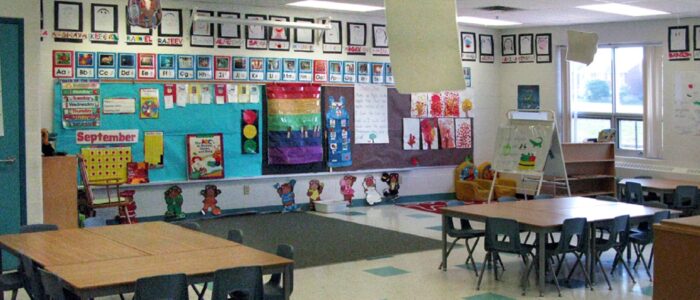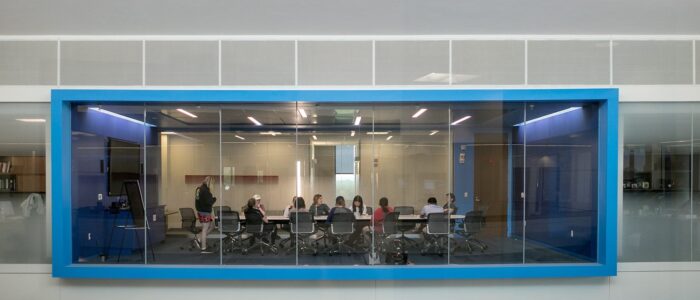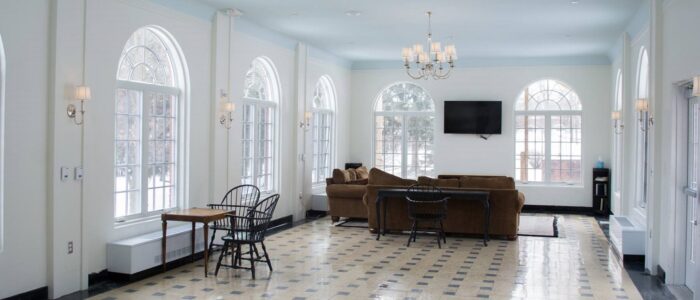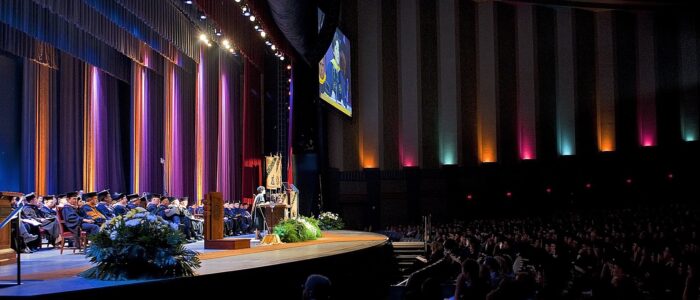Inspired by Lord Kelvin’s “If you can not measure it, you can not improve it” and Peter Drucker’s adage “If you can’t measure it, You can’t improve it” and W. Edwards Deming’s counter-argument — “It is wrong to suppose that if you can’t measure it, you can’t manage it – a costly myth.” we present the standards catalog of the Building Owner’s Management Association:
BOMA Area Measurement Standards Timeline 1915-2021
At the moment all titles in this catalog seem to be stabilized although a great deal of economic activity in the commercial real estate market involves adjustment to the circumstances of the pandemic. Largely because a sizeable portion of square footage in every school district, college, university and university-affiliated healthcare research and clinical delivery system derives at least part of its funding from governments at all levels there are workgroups devoted to measuring square footage and documenting its use. For example:
Space Management: University of Oklahoma
Space Management: Texas A&M University-San Antonio
Space Management Policy: University at Buffalo
Getting square-footage right is essential for securing an organization’s sustainability and “green” claims for example. The links in previous posts provide for information about future public consultations.
We maintain the BOMA catalog on the agenda of our Space Planning, Hammurabi and Architectural colloquia, hosted 6 to 8 times annually. See our CALENDAR for the next online meeting, open to everyone.
Posted March 20, 2021
We drill into the specifics commonly found in education communities: sub-lease of space to private industry in publicly-owned facilities. The Building Owners and Managers Association International is an ANSI-accredited consensus standard developer and revised its standard — BOMA Z65.5 Retail Properties: Standard Method of Measurement. Measuring the area of a retail building can quickly become complex when variables must be considered such as ancillary space, mezzanines and storefront lease lines. Many large research universities have long since leased space within many of their building envelopes for private industry to service their communities — student unions, hospitals, dormitories and athletic venues, for example. From the project prospectus:
Z65.5 is intended exclusively for retail properties and their associated structures and may be applied to single-tenant, multi-tenant or multi-building configurations. It features a single method of measurement, with two levels of measurement data, known as Partial Measurement and Overall Measurement for retail properties. It does not measure sidewalks, surface parking, drainage structures, or other ancillary site improvements. This standard is chiefly designed to generate Gross Leasable Area figures, a key metric in retail leasing; however, it also produces area figures which may be of interest to those examining space utilization, valuation, benchmarking, and the allocation of building expenses to various cost centers. The scope of this standard is not intended to be submitted for consideration as an ISO, IEC, or ISO/IEC JTC-1 standard.
Public consultation is open until February 8th.
You may obtain an electronic copy from: floorstandards@boma.org. Send comments (with optional copy to psa@ansi.org) to: floorstandards@boma.org. We encourage user-interest subject matter experts in education facility management to participate directly in the BOMA standards development process by communicating directly with Tanner Johnson at BOMA (tjohnston@boma.org) or 202-326-6357 for more information.
We keep the BOMA catalog on the standing agenda of our colloquia devoted to building construction best practice. See our CALENDAR for the next online meeting; open to everyone.
Issue: [14-117]
Category: Architectural, Facility Asset Management
Colleagues: Jack Janveja, Richard Robben
More
Carnegie Classification of Institutions of Higher Education
Posted February, 20 2020
The Building Owners and Managers Association International (BOMA) is an ANSI-accredited consensus standard developer. BOMA has initiated the process of revising its real property measurement standard — BOMA Z65.2 For Industrial Buildings: Standard Methods of Measurement. The primary objectives of this standard are:
– To promote an unambiguous framework for determining the areas of Industrial Buildings with a strong focus on Rentable Area calculations;
– To facilitate transparency and clear communication of building measurement concepts among all participants in the commercial real estate
industry;
– To allow a comparison of values on the basis of a clearly understood and generally agreed upon method of measurement; and
– To align concepts and measurement methodologies with the International Property Measurement Standards: Industrial Buildings (January 2018)
document.
Comments due March 15th
Click here to view these changes in full (Page 2)
Send comments (with optional copy to psa@ansi.org) to: tjohnston@boma.org
Standards Michigan follows, but d0es not advocate in most of the BOMA standards suite for the following reasons:
- Educational facility occupancies are fairly well accounted for in existing federal and state regulations
- Advocacy in energy-related best practice titles are a better use of resources at the moment.
We encourage user-interest subject matter experts in education facility management to participate directly in the BOMA standards development process by communicating directly with Tanner Johnson at BOMA (tjohnston@boma.org) or 202-326-6357 for more information.
We maintain the entire BOMA suite on our periodic Model Building Code colloquia. See our CALENDAR for the next online meeting; open to everyone.
Issue: [15-200]
Category: Architectural, Space Plaaning, Facility Asset Management
Colleagues: Jack Janveja, Richard Robben
LEARN MORE:
Facilities Information Management
Guideline for Square Footage Requirements for Educational Facilities
Guide to School Site Analysis and Development
5.18.20






















